I’ve always been fascinated by ancient Egypt—not just the grand pyramids and iconic pharaohs, but the everyday lives of the people who lived there. It’s amazing to think that thousands of years ago, an entire civilisation thrived along the Nile, and it wasn’t just royalty who kept things running smoothly. Beyond the well-known architects and scribes, there were plenty of unsung heroes with surprising jobs that were essential to daily life. These unexpected professions helped build and maintain one of the most powerful empires in history.
1. Tomb Builders
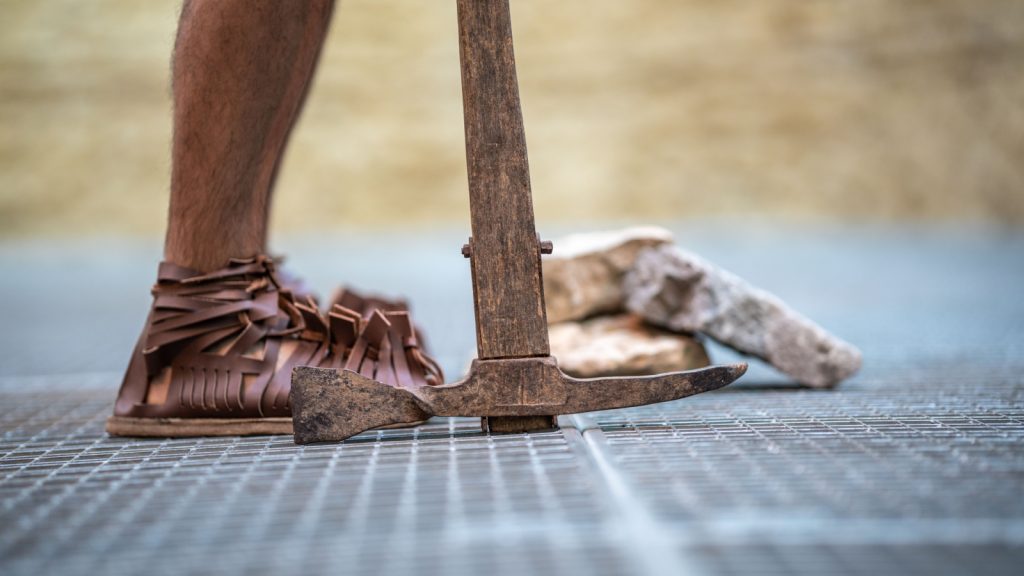
While pyramid builders are well-known, tomb builders who worked on smaller, private tombs were also highly respected. Their job was to ensure that tombs were prepared for the afterlife, carving intricate designs and symbols. These builders often lived in special villages, like Deir el-Medina, where they were well-compensated for their unique skills.
2. Sandal Makers
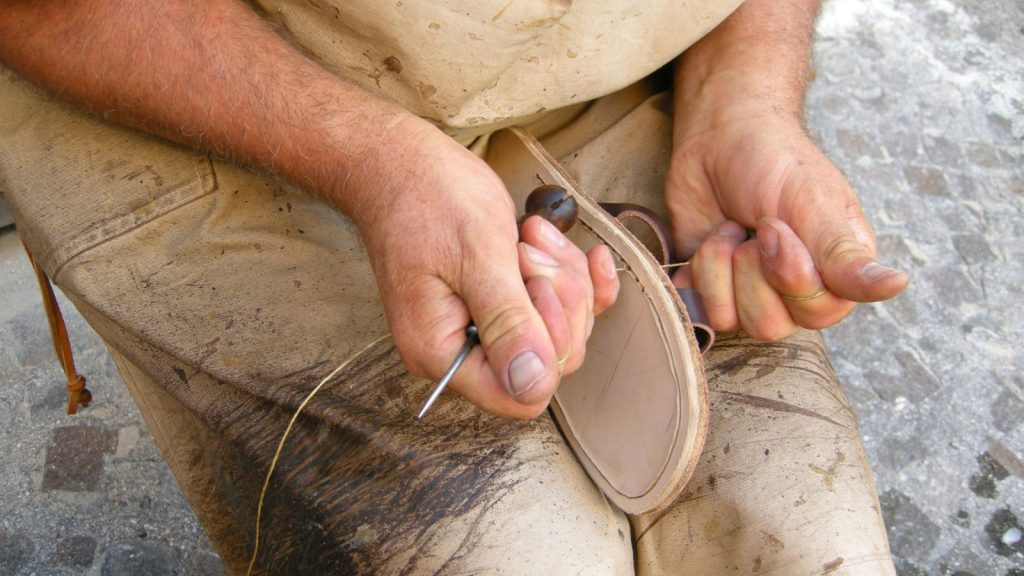
Sandal makers were essential in a hot, dry land where walking was the primary mode of transport. They crafted footwear from materials like papyrus, leather, and palm fibres. Good sandals not only made travel easier but also helped prevent foot injuries. Egyptians of all classes wore them, from farmers to pharaohs.
3. Embalmers
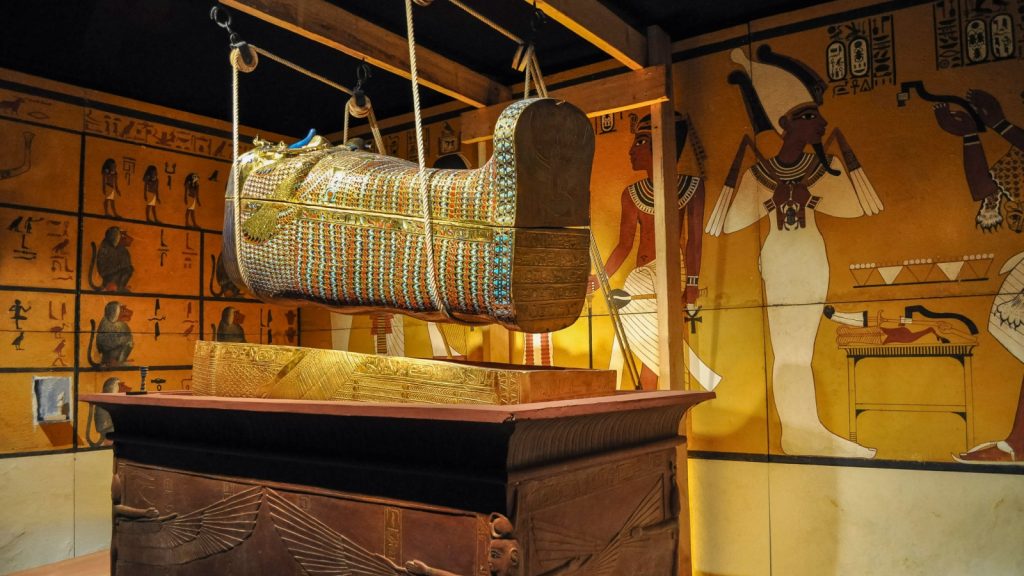
Embalming was a specialised and sacred profession in ancient Egypt, crucial for preparing the dead for the afterlife. These experts worked meticulously to preserve bodies using salts and oils. The embalmer’s work ensured the soul could recognise its body in the afterlife, making them vital to Egyptian spiritual beliefs.
4. Fishers

The Nile provided a rich supply of fish, which were a major part of the Egyptian diet. Fishers used nets, harpoons, and even trained birds to catch fish. Their skills not only sustained the local population but also played a role in trade along the river.
5. Animal Trainers

From hunting dogs to sacred cats, animals played a key role in ancient Egyptian society. Animal trainers taught dogs to assist in hunts or guard homes, while others worked with birds to help fishers. Cats, sacred to the goddess Bastet, were often trained to keep homes free from pests, making their trainers highly valued.
6. Reed Weavers

Weaving reeds into baskets, mats, and even roofs was a crucial job for both practical and economic reasons. The Nile’s abundant reeds provided the raw materials, and skilled weavers turned them into essential items used in daily life. This trade allowed families to store goods, keep floors clean, and even trade in local markets.
7. Dancers and Musicians
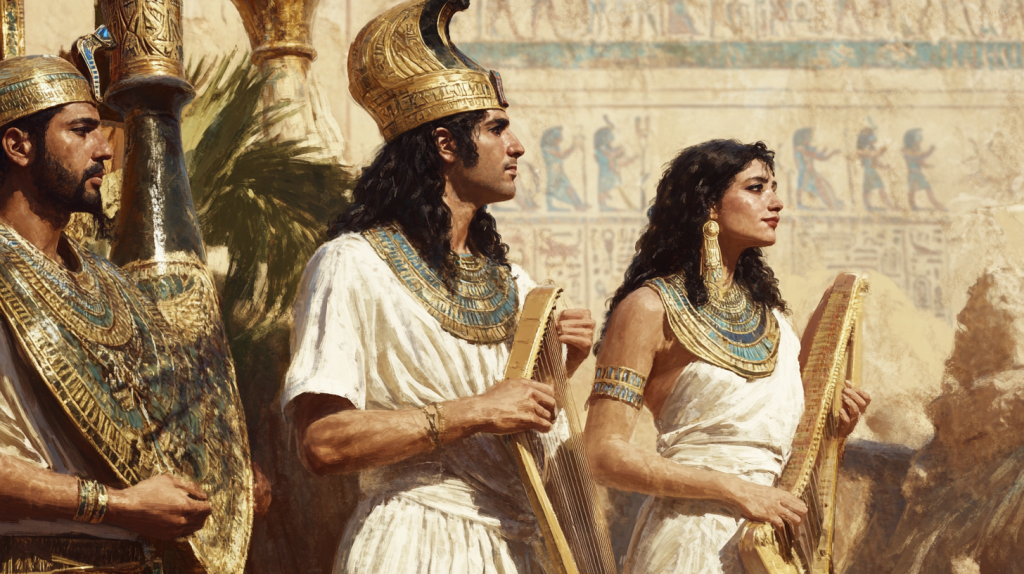
Entertainers, especially dancers and musicians, were in high demand for religious ceremonies, festivals, and private celebrations. They played a significant role in the spiritual and social lives of Egyptians. Musicians often played instruments like harps and flutes, while dancers performed ritualistic movements to honour the gods.
8. Beer Brewers

Beer was a staple of the Egyptian diet, and brewers were vital to both daily life and religious offerings. Made from barley, Egyptian beer was more of a thick, nutritious drink. Brewing was often done by women and was a central part of feasts, rituals, and even wages paid to workers.
9. Hairdressers

Hair was an important status symbol in ancient Egypt, and hairdressers were responsible for intricate styles and wigs worn by the elite. They worked with oils, waxes, and precious metals to style both real hair and wigs, helping individuals present themselves in the best possible light.
10. Shipbuilders

The Nile was the lifeblood of Egypt, making boats essential for transport, trade, and warfare. Shipbuilders crafted vessels from reeds and wood, creating everything from small fishing boats to massive barges for transporting goods and soldiers. Their skills were critical to Egypt’s economy and military power.
11. Perfume Makers

Perfume wasn’t just a luxury in ancient Egypt; it had religious significance and was part of daily grooming rituals. Perfume makers created fragrant oils and balms from flowers, herbs, and resins, which were used in temples and by the wealthy. The craft of making scents was highly respected and often associated with healing.
12. Astrologers

Astrologers in ancient Egypt studied the stars to advise the pharaohs and predict important events. They played a crucial role in agriculture, as farmers relied on their predictions for the timing of floods and planting seasons. The belief that the stars influenced both human fate and natural cycles gave astrologers significant influence.
13. Scribes for the Dead
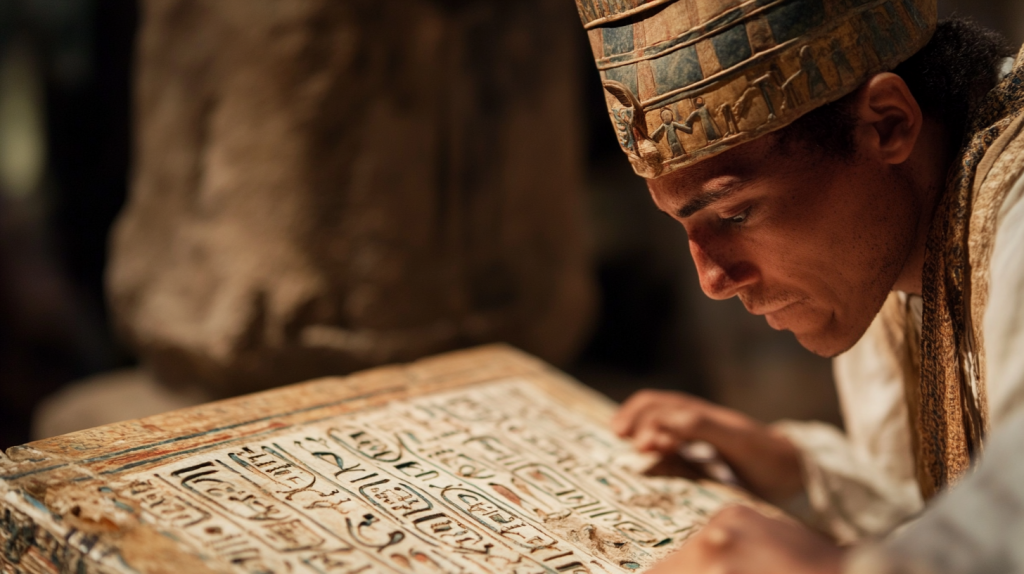
While scribes in general were essential in keeping records, there were special scribes whose main job was to write texts and prayers for the deceased. These scribes inscribed tombs and funerary objects with spells from the “Book of the Dead,” ensuring that the dead would have a safe passage into the afterlife.
14. Bee Keepers
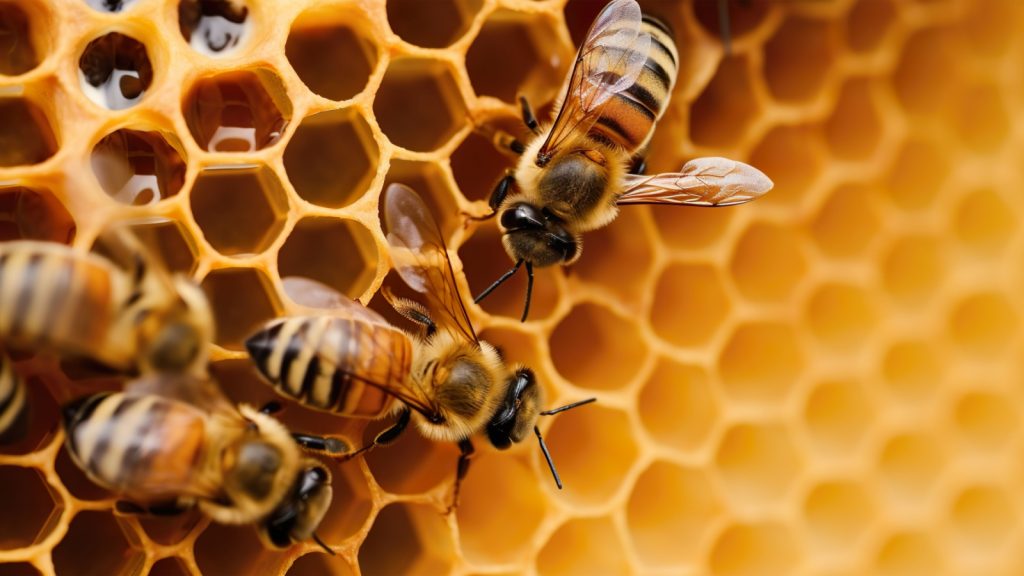
Honey was precious in ancient Egypt, not just as a sweetener but also for medicinal and religious purposes. Beekeepers tended hives and collected honey, which was used in offerings to the gods, as a remedy for wounds, and even in cosmetics. Their work provided a valuable resource that was central to Egyptian culture and economy.
17 Monstrous Facts About Sarcosuchus – The Giant Croc That Hunted T-Rex

Sarcosuchus, often referred to as the “super croc,” was one of the largest and most formidable reptiles to ever roam the Earth. With a length of up to 40 feet and a weight exceeding 8 tons, this colossal predator dwarfed modern crocodiles and lived during the early Cretaceous period, primarily in areas that are now Africa and South America.
Read More: 17 Monstrous Facts About Sarcosuchus – The Giant Croc That Hunted T-Rex
Ellen has been obsessed with logic puzzles, jigsaws, and cryptograms since she was a kid. After learning she was taught how to play chess wrong by a family friend (so they could win), she joined her school chess club and the rest is history.


